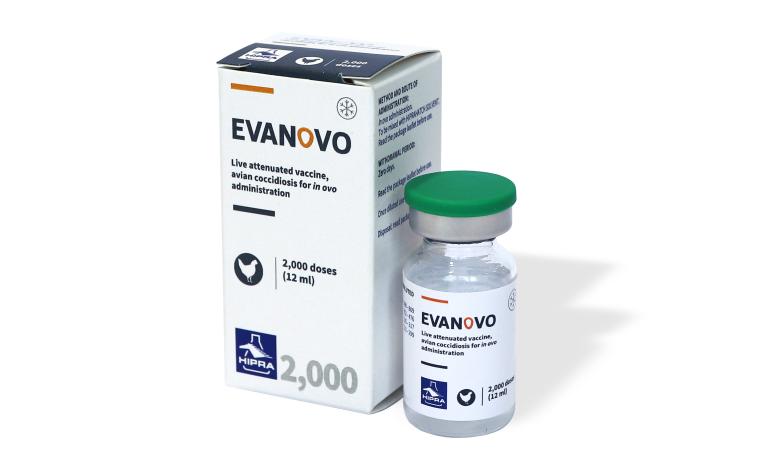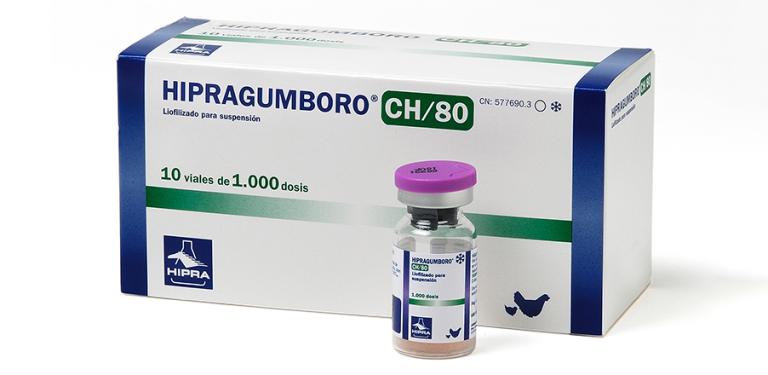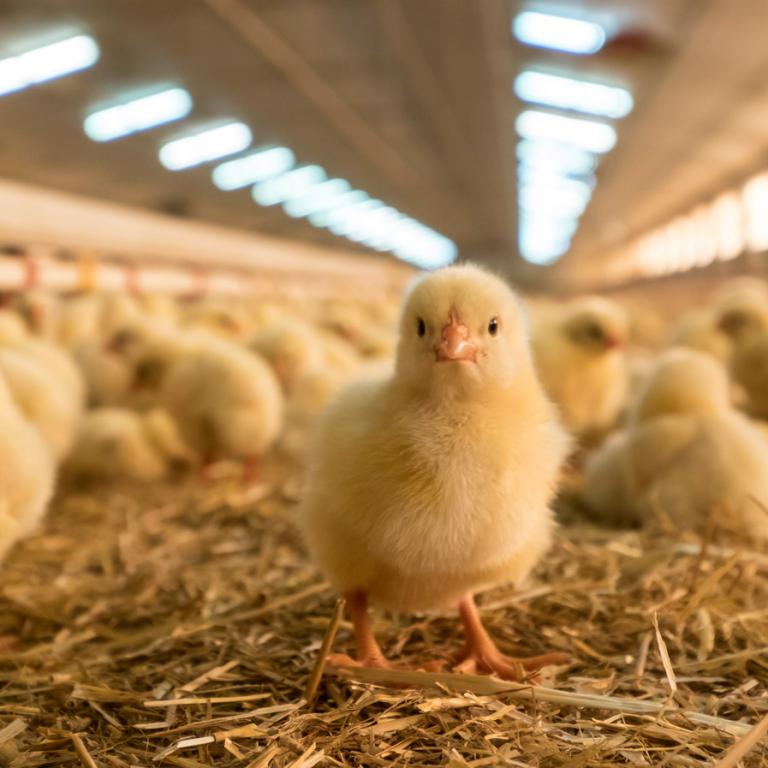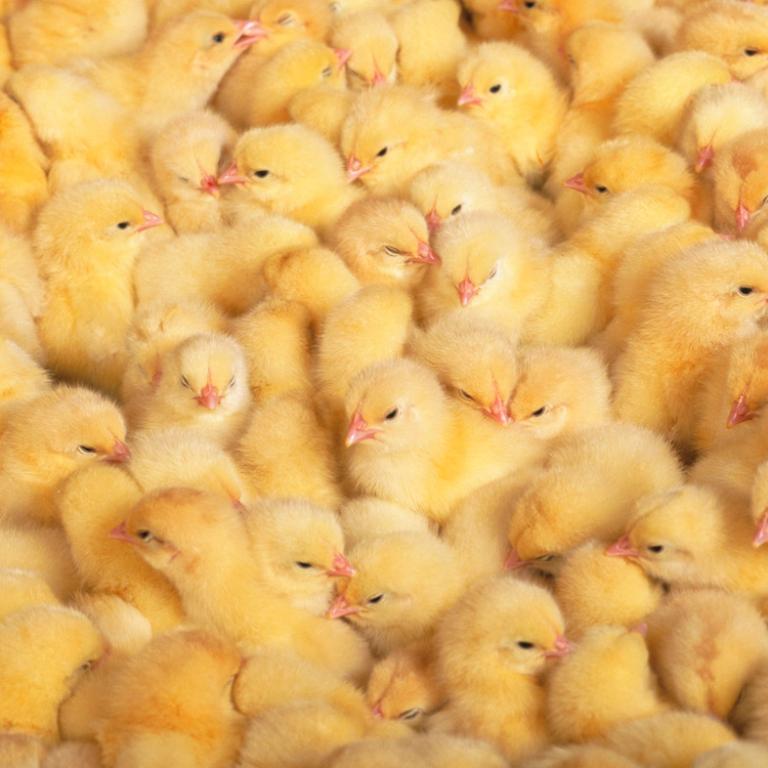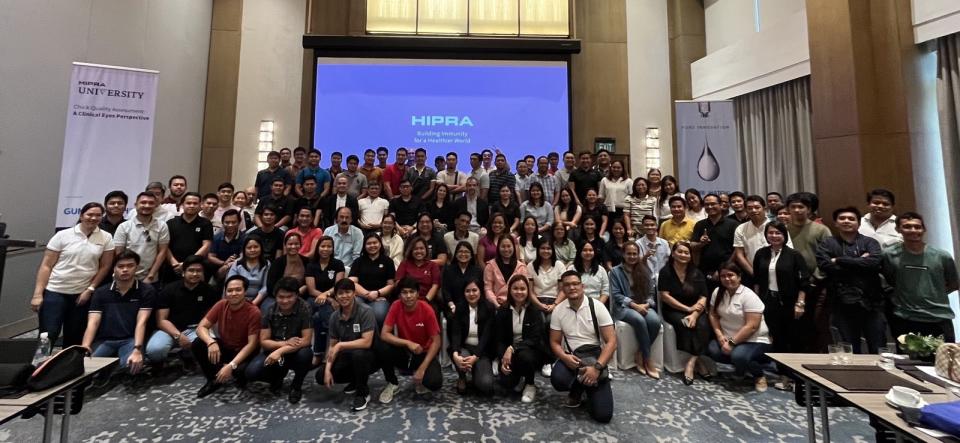It is interesting to see how different inventions came about during the course of human history, how they have had an impact on other industries of society and can give rise to amazing improvements within it.
This is the example of nebulization or atomization of a liquid.
When we speak of nebulization of a liquid, we mean forcing it through a small space so that it is subjected to pressure.
This process can be actuated in different ways: mechanically or by means of a propellant.





